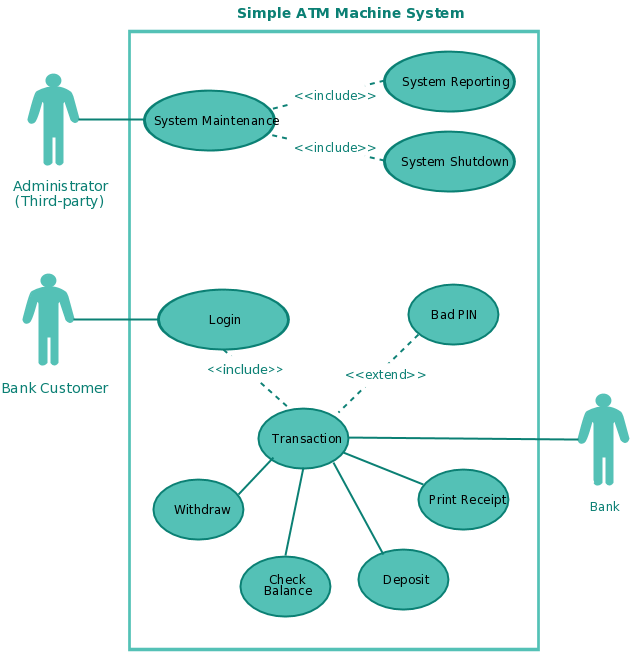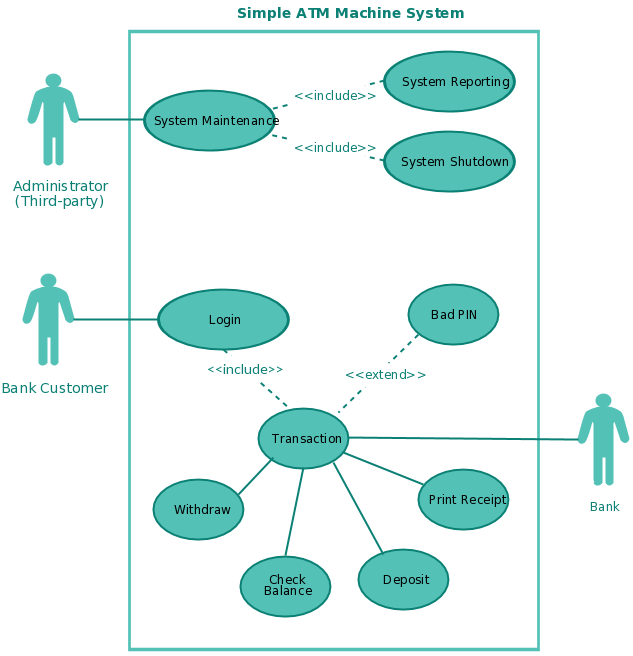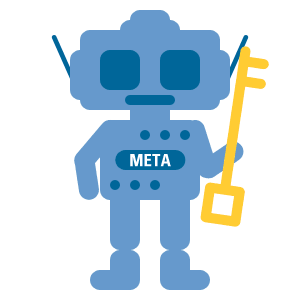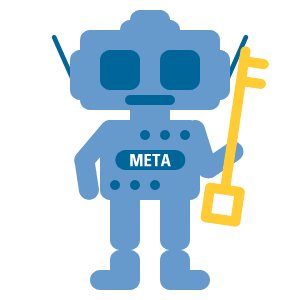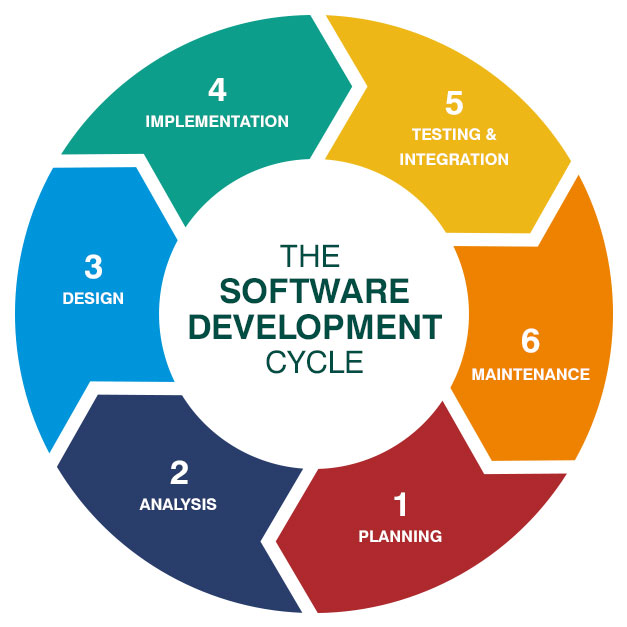UML diagram
UML stands for Unified Modeling Language. UML is a way of visualizing a software program using a collection of diagrams. Today, UML is accepted by the Object Management Group (OMG) as the standard for modeling software development.
Types of UML diagrams
The current UML standards call for 13 different types of diagrams: class, activity, object, use case, sequence, package, state, component, communication, composite structure, interaction overview, timing, and deployment.
These diagrams are organized into two distinct groups: structural diagrams and behavioral or interaction diagrams.
Structural UML diagrams
- Class diagram
- Package diagram
- Object diagram
- Component diagram
- Composite structure diagram
- Deployment diagram
Behavioral UML diagrams
- Activity diagram
- Sequence diagram
- Use case diagram
- State diagram
- Communication diagram
- Interaction overview diagram
- Timing diagram
Th most used and important UML diagrams are (:
Sequence Diagram
Sequence diagrams describe interactions among classes in terms of an exchange of messages over time.Use Case Diagram
Use case diagrams model the functionality of a system using actors and use cases.
Use case diagrams model the functionality of a system using actors and use cases.
Class Diagram
Class diagrams are the backbone of almost every object-oriented method, including UML. They describe the static structure of a system.
Object Diagram
Class diagrams are the backbone of almost every object-oriented method, including UML. They describe the static structure of a system.
sometimes referred to as Instance diagrams are very similar to class diagrams. Like class diagrams, they also show the relationship between objects but they use real world examples. They are used to show how a system will look like at a given time. Because there is data available in the objects, they are often used to explain complex relationships between objects.

